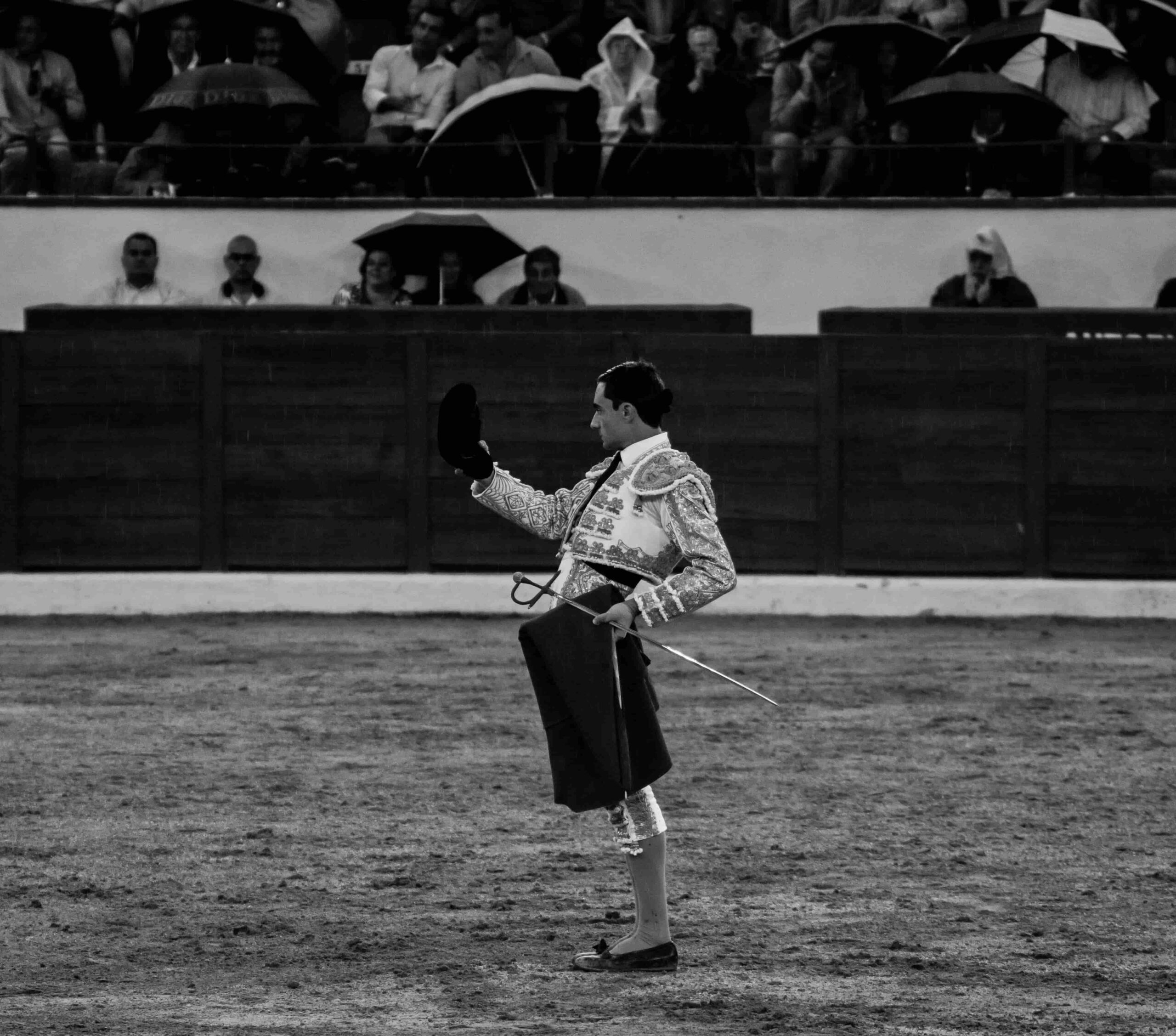Bullfighting, a centuries-old tradition deeply rooted in the cultural heritage of Spain and several Latin American countries, has long been a subject of fascination and controversy. This ancient spectacle, known as “corrida de toros” in Spanish, combines elements of artistry, athleticism, and danger, captivating audiences while sparking heated debates about its ethical implications. In this article, we will delve into the history, cultural significance, and the ongoing controversy surrounding bullfighting.
Historical Roots:
Bullfighting traces its origins back to ancient Rome, where gladiatorial combat and animal contests were popular forms of entertainment. However, the modern iteration of bullfighting as it is known today emerged in 18th-century Spain. The tradition has since spread to various Spanish-speaking nations, with Mexico, Colombia, and Peru among the countries where it has taken root.
Cultural Significance:
For many, bullfighting is more than just a sport; it is a deeply ingrained cultural practice that reflects historical traditions, artistic expression, and a unique relationship between humans and animals. The spectacle is often seen as a celebration of courage, skill, and the symbiotic connection between the torero (bullfighter) and the bull.
The bullfighting event consists of three parts: the tercio de varas (lancing third), tercio de banderillas (banderillas third), and tercio de muerte (death third). Each phase involves specific rituals and maneuvers, showcasing the torero’s mastery over the bull. While the aesthetic and technical aspects of bullfighting are central to its appeal, critics argue that the event’s violent nature cannot be overlooked.
Controversial Aspects:
The controversy surrounding bullfighting revolves around the ethical treatment of animals and the perceived glorification of violence for entertainment. Critics argue that the physical harm inflicted upon the bull is inhumane, as the animal faces a prolonged and stressful ordeal before meeting its demise in the final phase of the fight.
Animal rights activists condemn bullfighting as a cruel and outdated practice that has no place in modern society. Organizations such as PETA (People for the Ethical Treatment of Animals) and the World Animal Protection have campaigned against the continuation of bullfighting, citing concerns about animal welfare and advocating for its ban.
Defenders of bullfighting, on the other hand, argue that it is a deeply ingrained cultural tradition that holds artistic, historical, and economic significance. They contend that efforts should be made to preserve and evolve the practice rather than outright ban it. Bullfighting proponents point to the strict regulations in place to ensure the welfare of the bulls, such as veterinary checks before and after each event.
Economic Impact:
Beyond its cultural and ethical dimensions, bullfighting plays a significant role in the economies of the regions where it is practiced. Bullfighting events attract tourists, generate revenue through ticket sales, and contribute to the local economy by supporting businesses such as restaurants, hotels, and souvenir shops. The economic impact is a crucial factor in the ongoing debate about the future of bullfighting, with proponents emphasizing its role in cultural tourism.
Evolution of Bullfighting:
In response to the growing concerns about animal welfare, some regions have implemented reforms to make bullfighting more humane. In Catalonia, Spain, for example, a ban on bullfighting was enacted in 2010, making it the first Spanish region to prohibit the practice. However, the ban was controversial and faced backlash from those who viewed it as an attack on cultural traditions.
In recent years, there has been a push for more ethical and regulated forms of bullfighting. Some toreros advocate for changes in the treatment of bulls during the fight, emphasizing a focus on skill and artistry rather than inflicting harm. These efforts aim to strike a balance between preserving cultural heritage and addressing ethical concerns.
Explore thrilling sports content! From live updates to expert analyses Bullfighting and Bungee jumping, our platform delivers the latest on your favorite games and athletes
International Perspectives:
The controversy surrounding bullfighting extends beyond the borders of Spain and Latin America. As global awareness of animal welfare issues grows, international pressure has increased to discourage or outright ban bullfighting. European countries such as Portugal and France continue to host bullfighting events, while other nations have taken steps to distance themselves from the tradition.
The Debate Continues:
The debate over bullfighting remains complex and multifaceted, with passionate arguments on both sides. While some see bullfighting as an integral part of their cultural identity and heritage, others view it as a cruel and outdated practice that should be abolished. Finding a middle ground that respects cultural traditions while addressing ethical concerns is a delicate and ongoing challenge.
Conclusion:
Bullfighting’s history is intertwined with the cultural fabric of Spain and many Latin American countries. As we navigate the evolving perspectives on animal rights and ethical treatment, the future of bullfighting hangs in the balance. Whether it undergoes further reforms to align with contemporary values or faces continued opposition leading to its decline, the fate of bullfighting will undoubtedly shape the cultural landscape for generations to come.
















